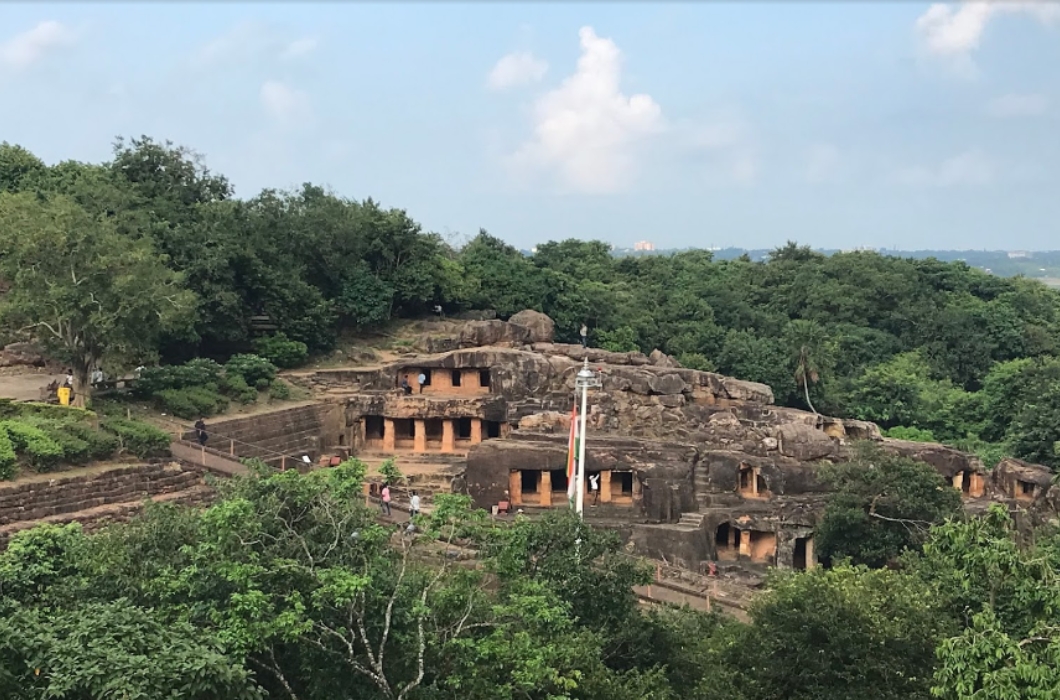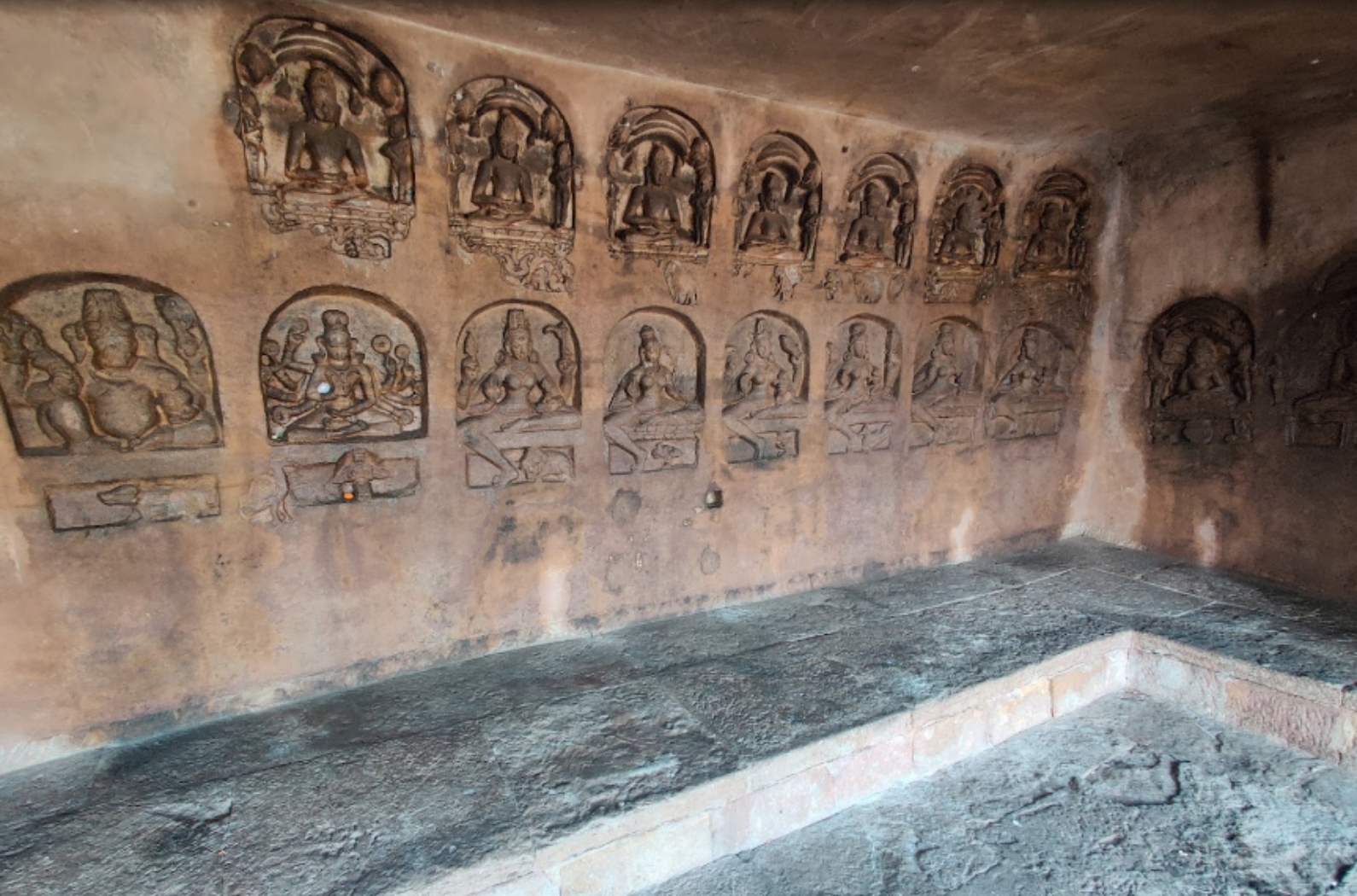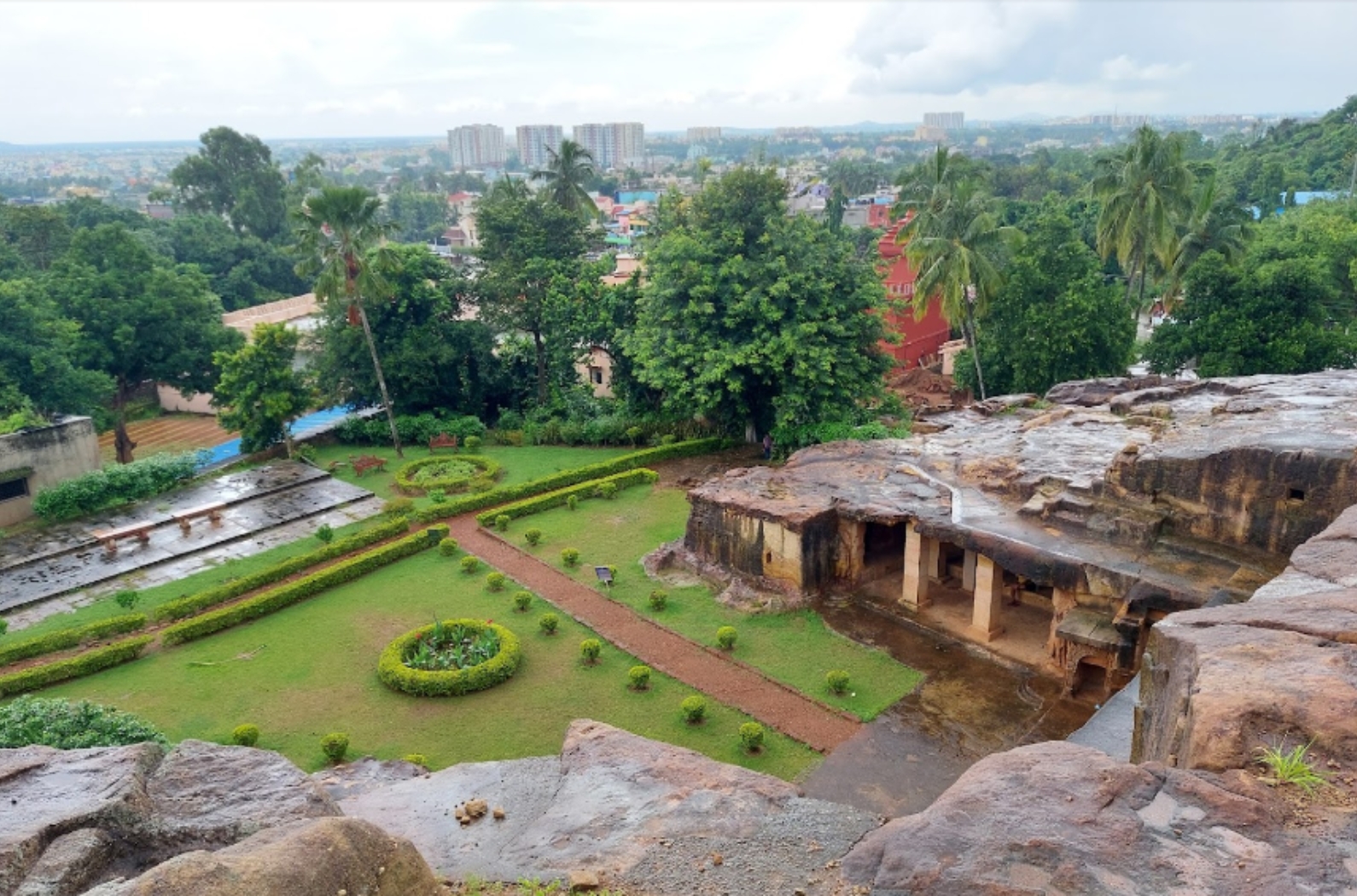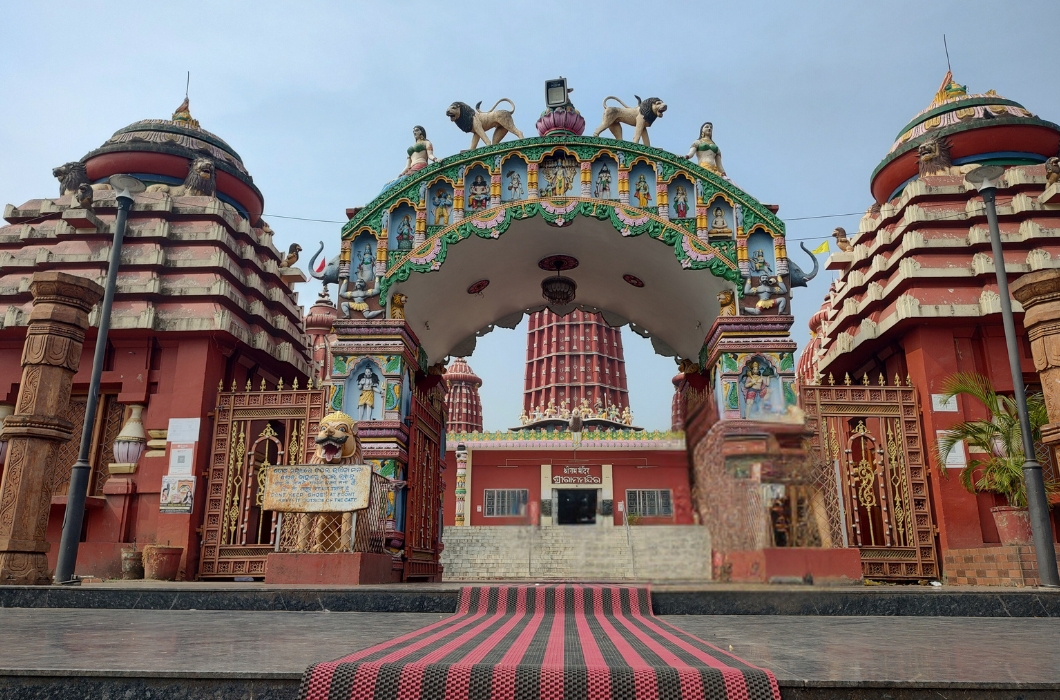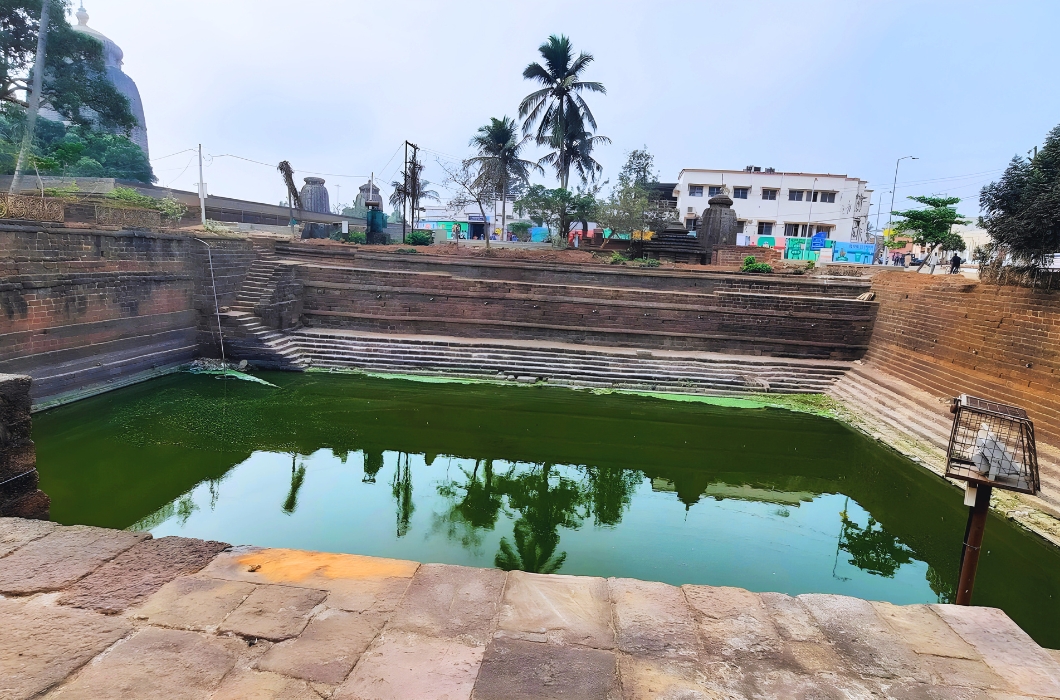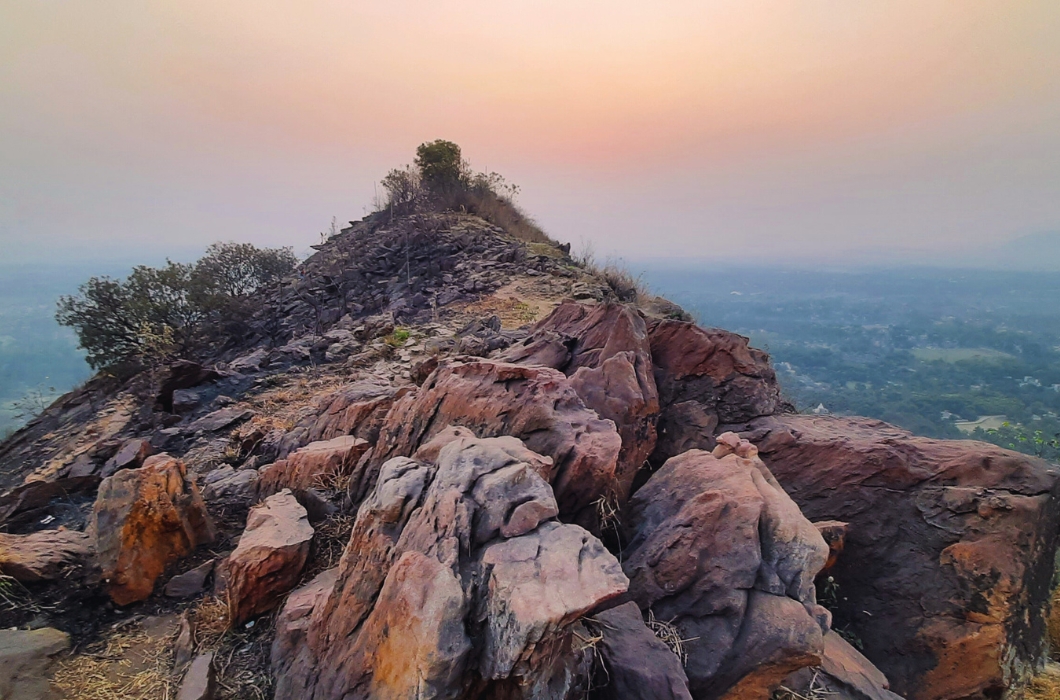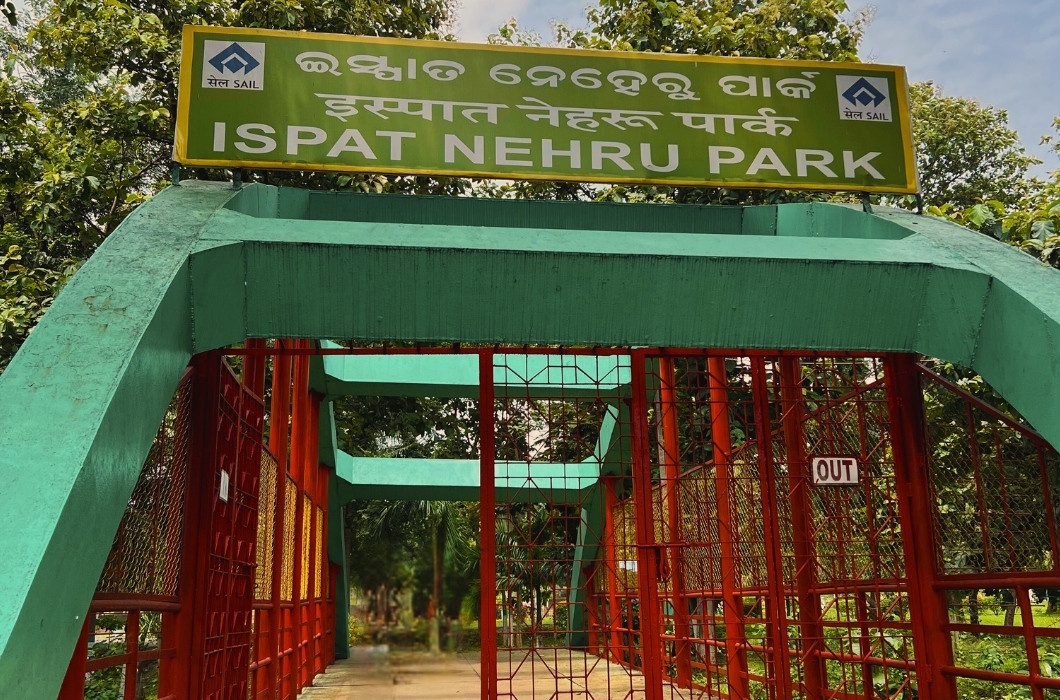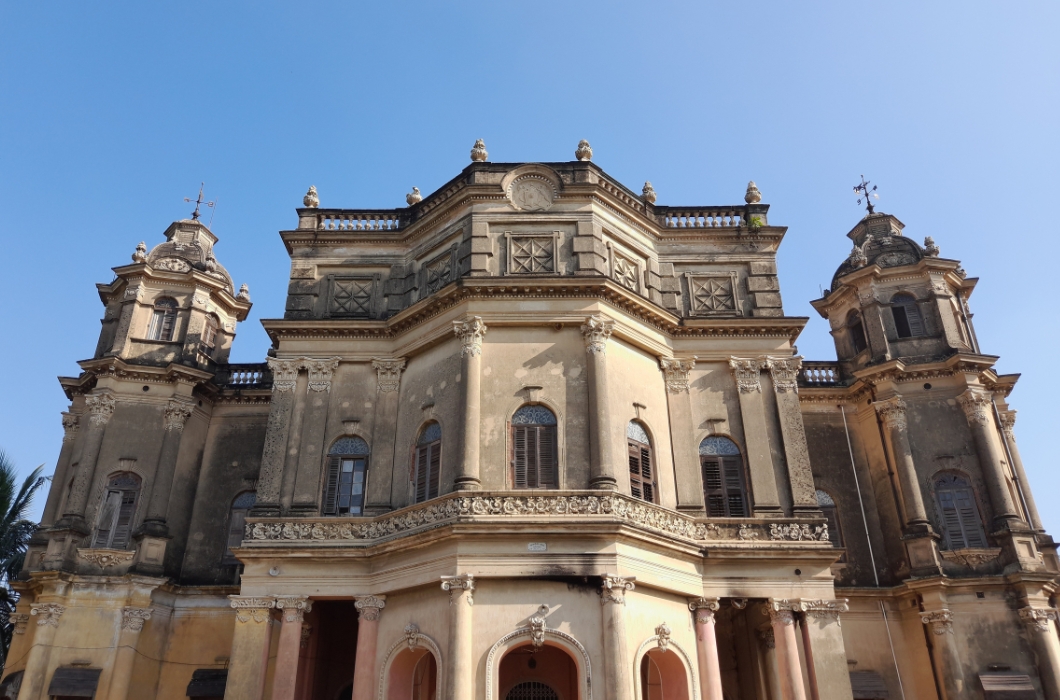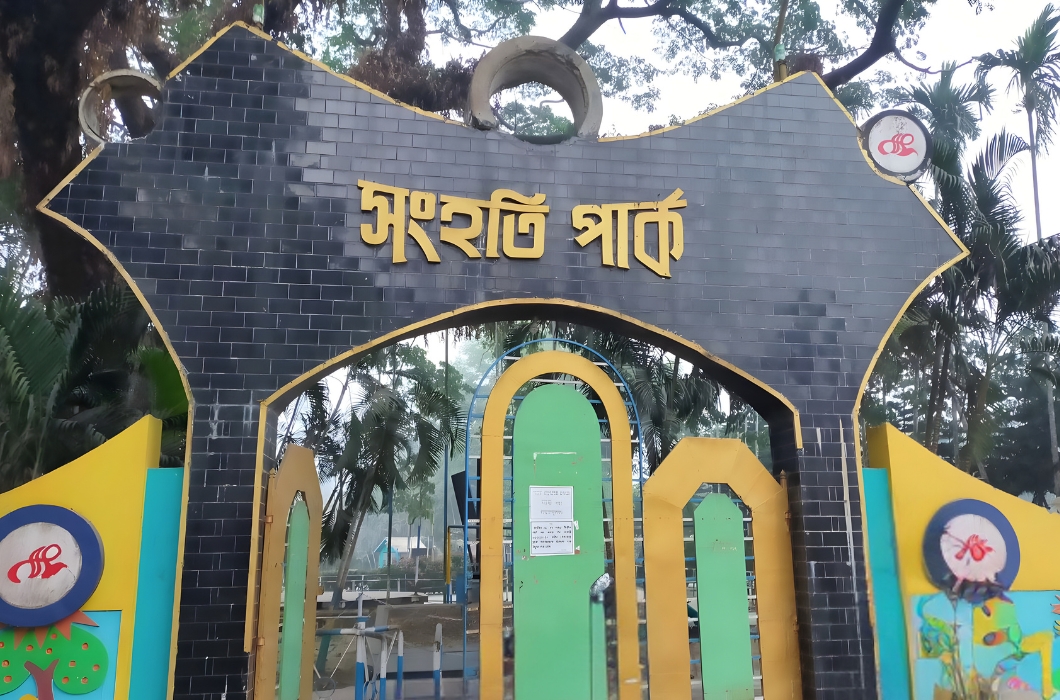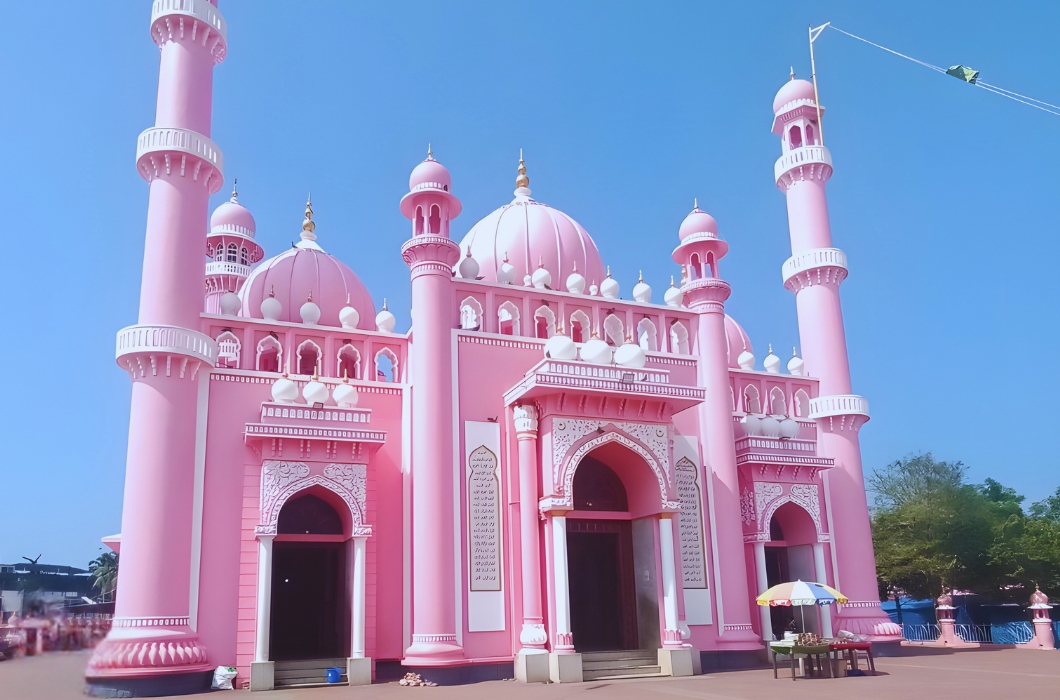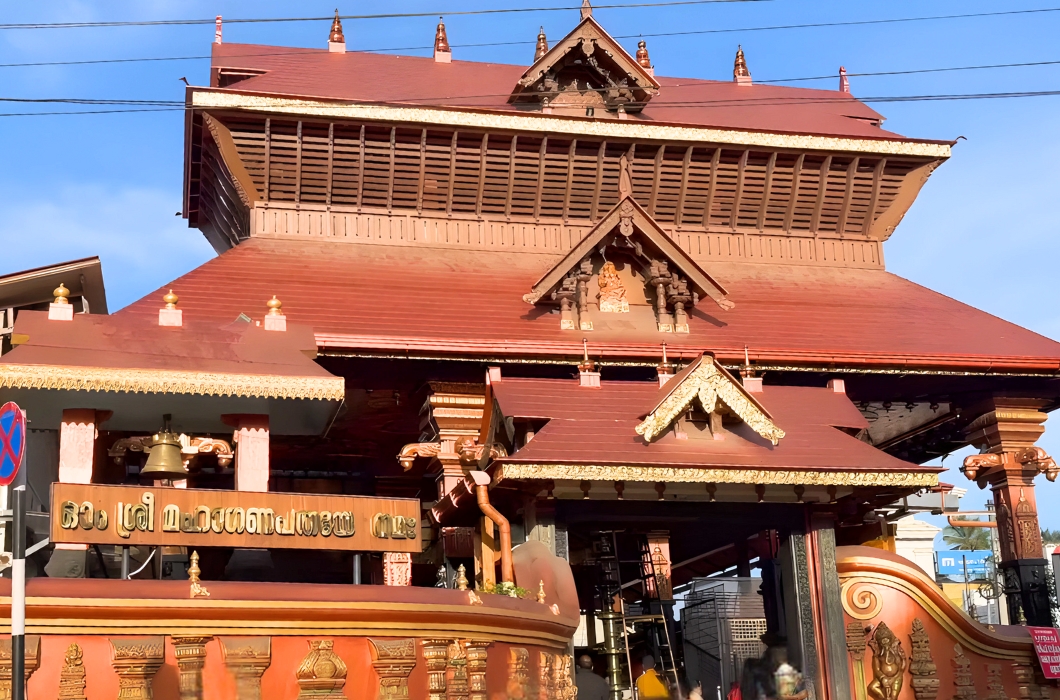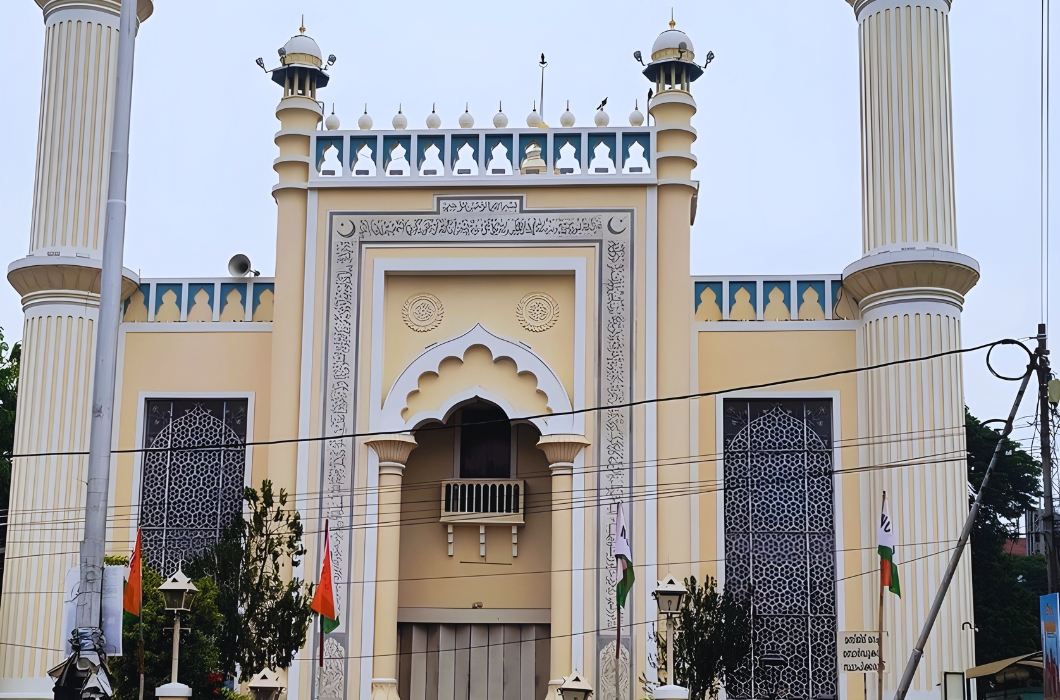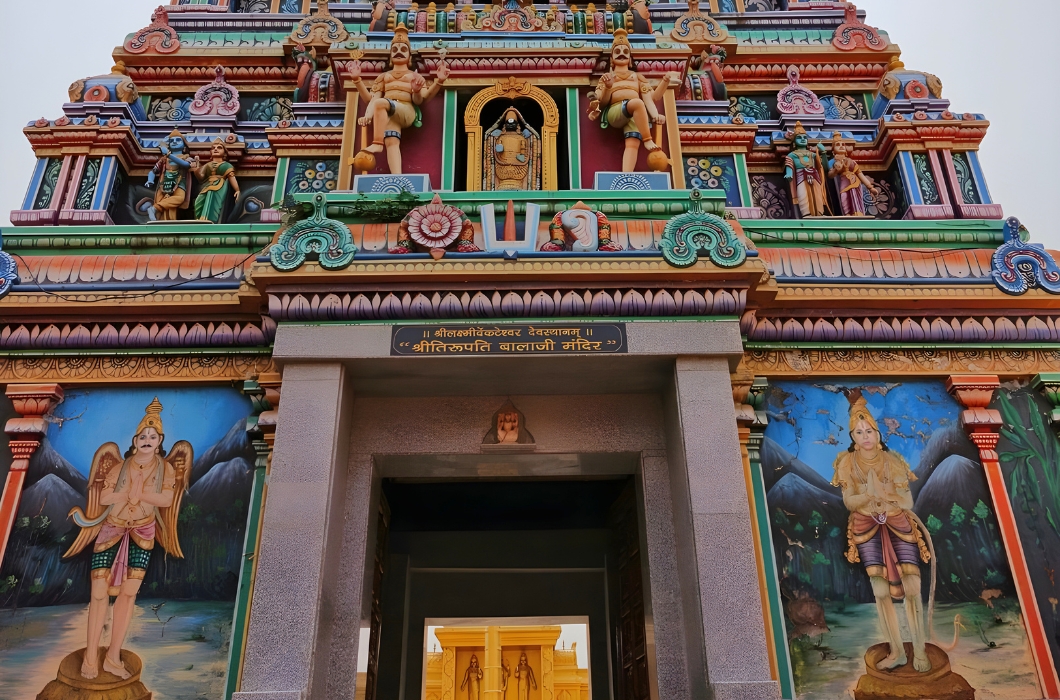Near the city of Bhubaneswar in Odisha, India, formerly called Kattaka Caves or Cuttack caves, Udayagiri and Khandagiri Caves, are partly natural and partly artificial caves of archaeological, historical, and religious importance. On two adjacent hills, the caves are situated, mentioned as Kumari Parvata in the Hathigumpha inscription. Ornately and finely carved caves were built during the 1st century BCE. For Jaina monks during the reign of King Kharavela, most of these caves are believed to be carved out as residential blocks. The meaning of Udayagiri is “Sunrise Hill” and while Khandagiri has 15 caves, It contains 18 caves. Mostly, during the realm of Kharavela, The caves, called Lena or leṇa in the inscriptions, were dug out for the abode of Jaina solitary. Ranigumpha in Udayagiri is the most important one of this group, which is a double-storeyed monastery. Including Ganesha Gumpha, JHathi Gumpha, Ananta Gumpha, Mancapuri Gumpha, Aya Vijaya Gumpha, Bagha Gumpha, and Sarpa Gumpha are some other important caves. Udayagiri and Khandagiri Caves are the “Must See” in a list of Indian heritage by the Archaeological Survey of India.
Share On Social:
Facebook
Twitter
Pinterest
WhatsApp

